Results 21 to 30 of 81
-
-
June 20th, 2007 02:42 PM #22
concept dump....
Ford Focus concept, applying their 3-bar horizontal grille
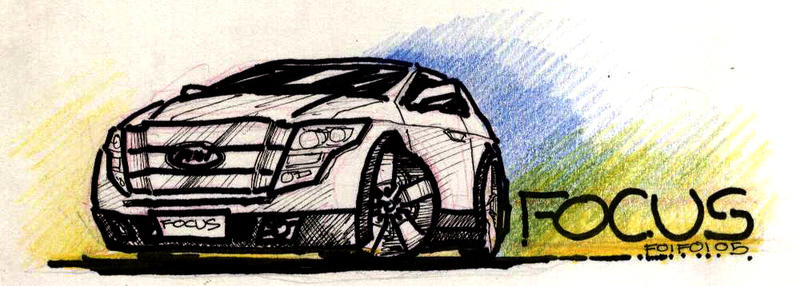
-
June 20th, 2007 03:49 PM #23
hehehe...
parang linagyan ng expi grille... looks like a truck in a sedan form..iam3739.com
-
 Tsikot Member Rank 4
Tsikot Member Rank 4

- Join Date
- Jan 2003
- Posts
- 1,403
June 26th, 2007 08:50 AM #24From wired.com - http://www.wired.com/cars/futuretran...urrentPage=all
Radical Engines, Quirky Designs Refuel Quest for Car of Future

A team of researchers at MIT is designing the CityCar, a tiny urban-assault vehicle with electric motors in all four wheels.
Where will the car of the future come from? Detroit, which fumbled the electric automobile and let Japan grab the lead in hybrids?
Not likely. Instead, try NASA, MIT's Media Lab or Silicon Valley, where the sizzling, battery-powered Tesla Roadster debuted last summer. New technology that promises to revolutionize the automobile as we know it is emerging from research institutions and startups -- and these innovations won't set you back $100,000 like a Tesla will.
U.K.-based PML Flightlink put four of its 160-horsepower electric motors in the wheels of a BMW Mini to produce a concept car that shoots from zero to 60 in about four seconds and hits a top speed of 150 miles an hour. The engines also act as brakes, recovering energy that charges a battery and giving the car a range of more than 200 miles. A tiny gasoline motor can be used to recharge the battery for longer trips, on which the car gets 80 miles per gallon.
Another British firm, the Lightning Car Company, has already begun taking orders for its Lightning GT, a sleek, 700-horsepower sports car powered by PML's wheel motors.
A team of researchers at MIT's Media Lab, meanwhile, hopes to use the same approach to reduce congestion in today's crowded cities. They're experimenting with small electric motors located in the wheels of the CityCar, a tiny, nimble and practically silent vehicle with wheels that turn 360 degrees, enabling it to slip neatly into tight urban parking spaces. Designed to stack like supermarket carts when not in use, the cars could be parked strategically in front of subway stations and office buildings, where people could grab one as needed for short-term, one-way rentals, says Ryan Chin, one of the MIT researchers.
Others are looking to revolutionize the automobile's engine, not replace it.
The radical new design of the Scuderi power plant splits the cylinders of an internal-combustion engine in two, compressing air in one chamber, then shooting it into a combustion chamber where it's mixed with gas and ignited. The Massachusetts startup's design allows recovered braking energy to be stored as compressed air. It also creates a highly efficient combustion environment, promising to double gas mileage while drastically reducing tailpipe emissions.
Colorado-based Sturman Industries is working on another type of under-the-hood innovation. Run by former NASA engineer Eddie Sturman, who designed an electronic valve for Apollo spacecraft in the '60s, the company uses digital valves to control the flow of air and fuel to internal-combustion engines, eliminating the need for camshafts.
Going digital means the valves work faster and more precisely than mechanically operated ones, and use far less energy. The valves provide such precise control of combustion, Sturman says, that an engine using them will deliver twice the power, with essentially no emissions.
Cars and trucks using the technology would be able to adjust to different fuels.
"You'll be able to fill up with diesel one day, and gasoline or ethanol the next," says company president and chairwoman Carol Sturman. "The valves send information back to a microprocessor which then adjusts the combustion process as needed." Some of the valves are already in commercial production.
Besides delivering far greater efficiency, Sturman's technology could speed up the design cycle. In the past, engine designers who wanted to experiment with different timing had to build a whole new cam assembly. With Sturman's digital valves, they just dial in a new timing value. Then there's the new "external combustion" engine being developed by Ethos Environmental, a publicly traded San Diego company that makes fuel additives.
The engine, says Ethos CEO Enrique De Vilmorin, runs on energy derived from an expanding gas similar to Freon. The gas is heated outside the engine, and only has to be warmed to about 100 degrees. Any one of a number of fuels could work, including coal pulverized to a fine powder that looks like the toner used in laser printers.
"Desulfurized powdered coal is nontoxic and much safer than a liquid fuel like gasoline," says De Vilmorin, "and you don't need a gas station. You could pick up a bag at Wal-Mart, and 75 pounds would get you across the country."
Listening to De Vilmorin describe the engine sounds like a pitch for snake oil: Based on the company's early tests, he says, an engine the size of two basketballs could propel a full-size car down the road with only a fraction of the emissions of today's internal-combustion engines. But De Vilmorin has a boatload of patents on the technology, and is in discussions with a San Diego landfill operator for a pilot project to use the engine to generate electricity from the methane gas produced by garbage. Payback time on that project, according to De Vilmorin: two years or less.
Some automotive researchers aren't convinced that these new types of engines will actually power cars anytime soon. "A lot of ideas look really good as computer simulations," says Stephen Ciatti, an engine expert at Argonne National Laboratory in Illinois, "but there's no technological silver bullet out there. The innovations are almost certainly going to be incremental."
That's not discouraging the startups -- or stopping Detroit from following their work closely. General Motors researchers regularly visit MIT's Media Lab, and have met with the Tesla Roadster's makers. And early this year, GM unveiled a prototype for a sporty plug-in hybrid it calls the Chevrolet Volt. The car has two electric motors and a small internal-combustion engine to recharge them, according to Tony Posawac, the GM executive in charge of the project. The Volt is due to hit the street in 2010.
By then, even without a silver-bullet breakthrough, the automaker is likely to have competition. Automotive entrepreneur Malcolm Bricklin, who first imported Subarus into the United States in the '60s, is planning to use existing technology and Chinese factories to bring high-end plug-in hybrids to America. Bricklin has signed up dozens of established car dealers to sell the vehicles, which will start at less than $40,000, and expects to have them on the market by the end of the decade.
-
June 26th, 2007 02:11 PM #25

This six-seater taxi, which should be available in India next year, is powered entirely by a tank filled with compressed air.
By Matt Sullivan
Published in the June 2007 issue of Popular Mechanics
India’s largest automaker is set to start producing the world’s first commercial air-powered vehicle. The Air Car, developed by ex-Formula One engineer Guy Nègre for Luxembourg-based MDI, uses compressed air, as opposed to the gas-and-oxygen explosions of internal-combustion models, to push its engine’s pistons. Some 6000 zero-emissions Air Cars are scheduled to hit Indian streets in August of 2008.
Barring any last-minute design changes on the way to production, the Air Car should be surprisingly practical. The $12,700 CityCAT, one of a handful of planned Air Car models, can hit 68 mph and has a range of 125 miles. It will take only a few minutes for the CityCAT to refuel at gas stations equipped with custom air compressor units; MDI says it should cost around $2 to fill the car’s carbon-fiber tanks with 340 liters of air at 4350 psi. Drivers also will be able to plug into the electrical grid and use the car’s built-in compressor to refill the tanks in about 4 hours.
Of course, the Air Car will likely never hit American shores, especially considering its all-glue construction. But that doesn’t mean the major automakers can write it off as a bizarre Indian experiment — MDI has signed deals to bring its design to 12 more countries, including Germany, Israel and South Africa.
www.theaircar.com/
*thanks to Scorpio Clone of Carchat
-
-
-
-
-
July 23rd, 2007 03:27 AM #30
Hi Architect...
Here's a bigger image of the HipMobile... will send a better one later...
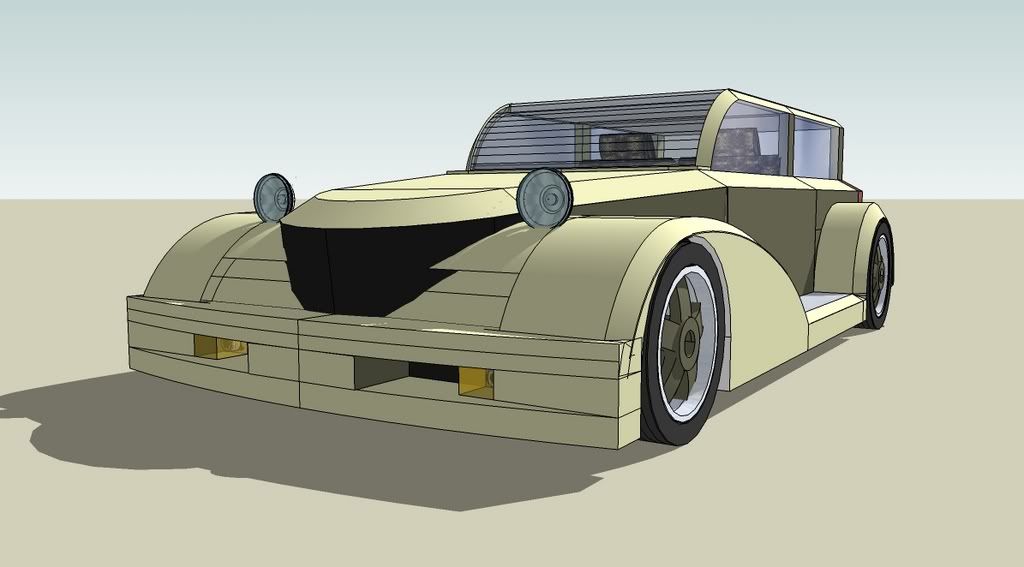
Regarding Jeeps... this is how I see the Pinoy Owners Look in the next 3 years...

By the way... this is the controversial Toyota concept of mine which I submitted to toyota in 2004 as my vision for toyota corolla 2005 onwards...
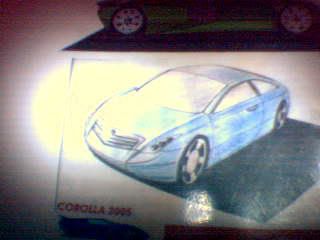






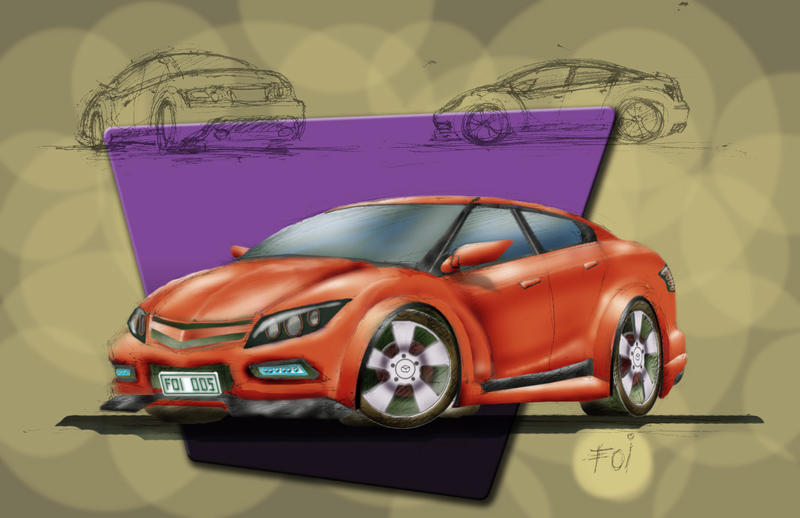
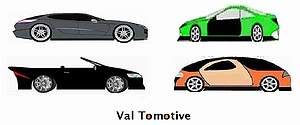
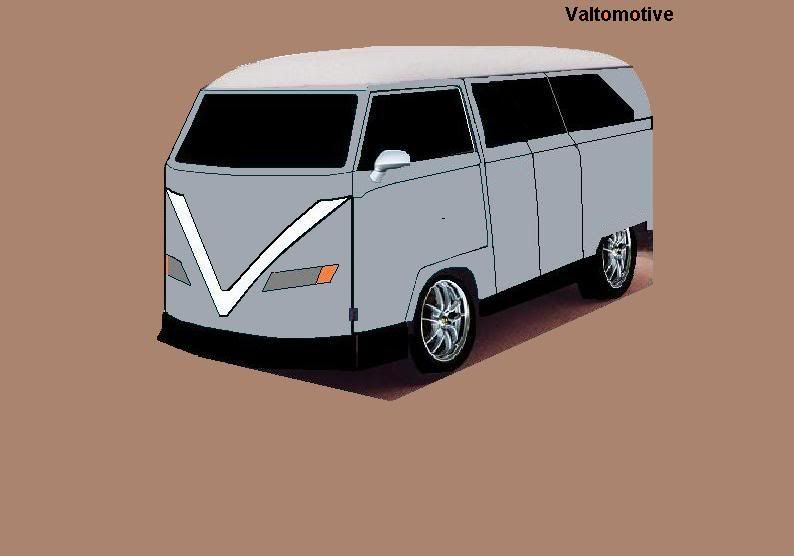





Production of the next gen Kicks confirmed .......
2025 Nissan Kicks